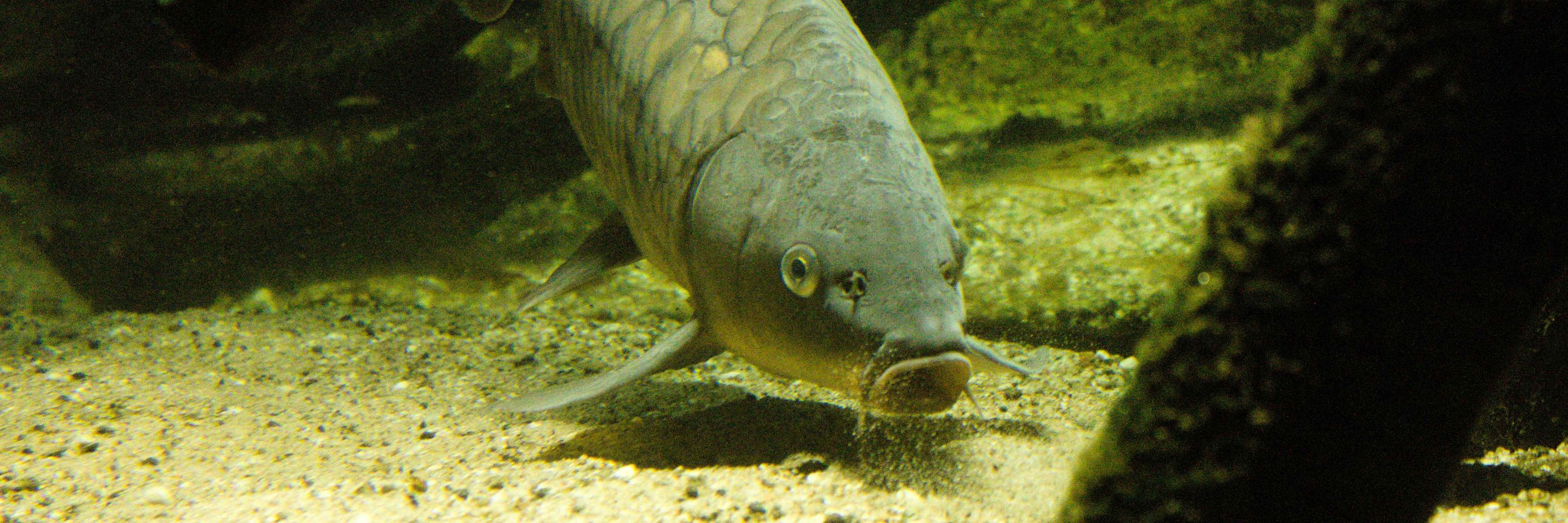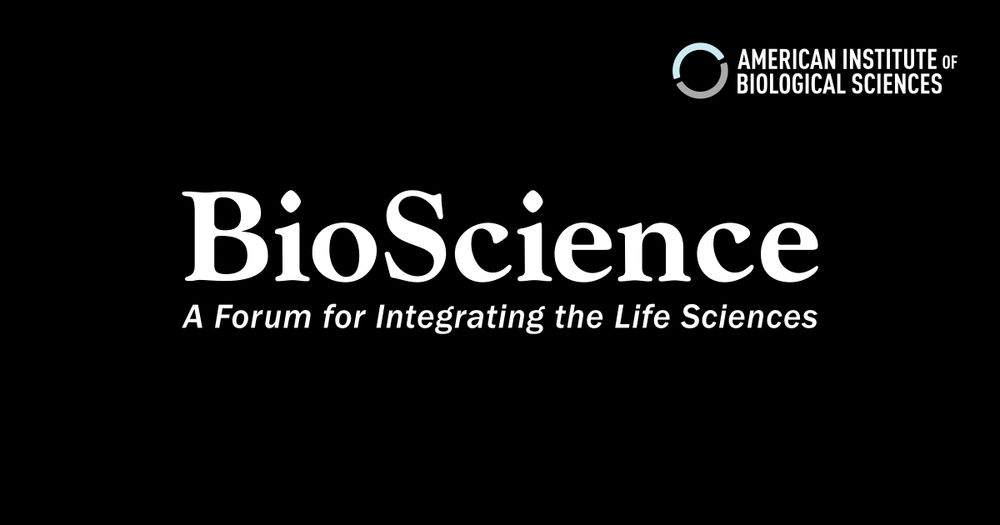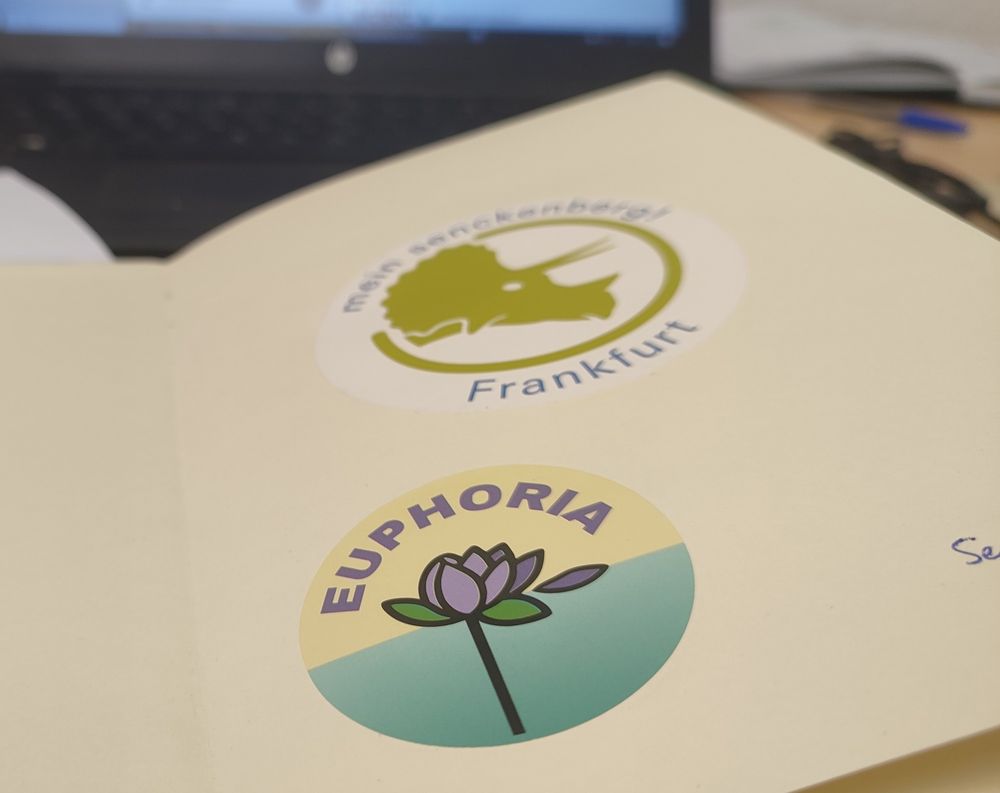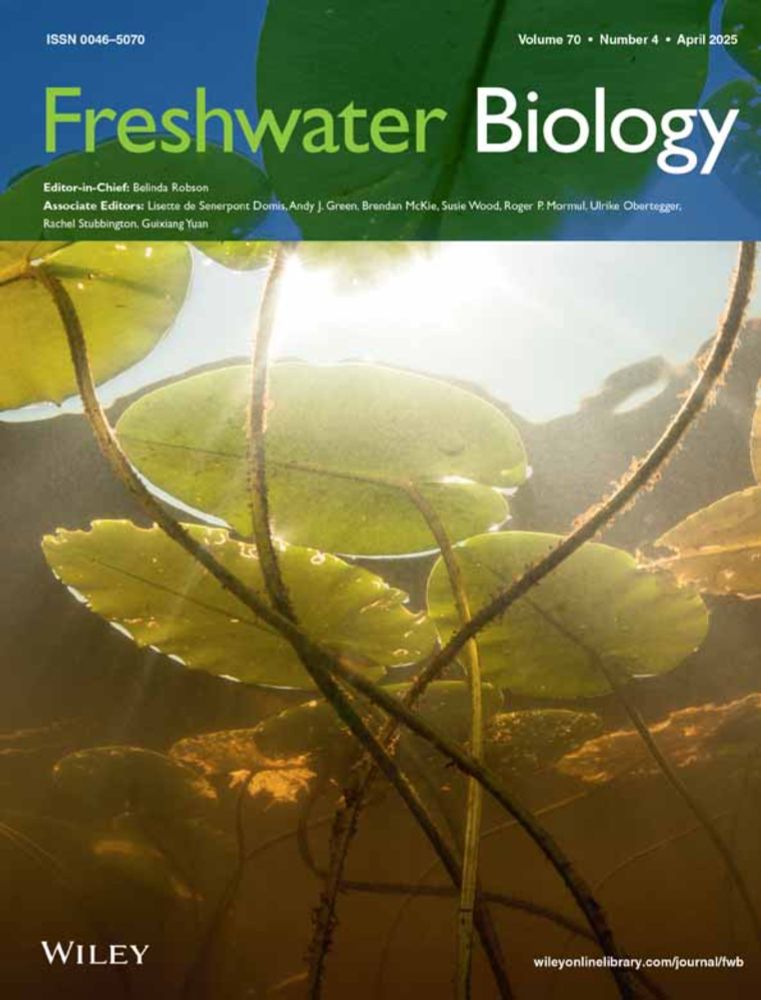Carlos Cano-Barbacil
@canobarbacil.bsky.social
5.8K followers
430 following
300 posts
PhD in #AquaticEcology
Postdoc at #Senckenberg
Freshwater & marine ecology | Fish | Biogeography | Biological invasions | Temporal series
📷 I post wildlife photos on IG: https://www.instagram.com/canobarbacil?igsh=bjl2c251bWpvczBk
Posts
Media
Videos
Starter Packs
Reposted by Carlos Cano-Barbacil
Reposted by Carlos Cano-Barbacil
Reposted by Carlos Cano-Barbacil
GBIF Morpho 🦋
@gbifmorpho.bsky.social
· May 1

Asian Loaches: An Emerging Threat as Global Invaders
The introduction of non-native species is a major driver of biodiversity loss, posing a growing threat to the health and functioning of freshwater ecosystems globally. In recent decades, pet trade...
doi.org
Reposted by Carlos Cano-Barbacil
GBIF Morpho 🦋
@gbifmorpho.bsky.social
· May 1

Asian Loaches: An Emerging Threat as Global Invaders
The introduction of non-native species is a major driver of biodiversity loss, posing a growing threat to the health and functioning of freshwater ecosystems globally. In recent decades, pet trade...
doi.org
Reposted by Carlos Cano-Barbacil
Reposted by Carlos Cano-Barbacil
Reposted by Carlos Cano-Barbacil
Reposted by Carlos Cano-Barbacil
Reposted by Carlos Cano-Barbacil


















